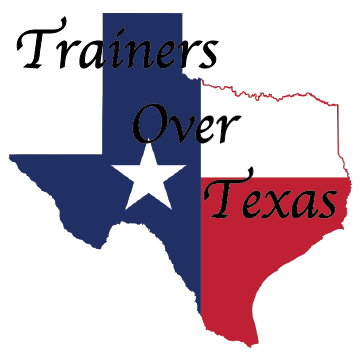OSHA Safety Courses, Training and Classes
Courses & Pricing
(All onsite CPR classes have a maximum of 12 students per class and offer multiply classes.)
Bloodborne Pathogen
Pathogenic microorganisms that are present in human blood and can cause disease in humans. It’s important that each employee should understand what they are, how they are transmitted and how individuals can protect themselves. Each employer having employees with occupational exposure shall establish a written Exposure Control Plan (ECP) designed to eliminate or minimize employee exposure.
Program outlines:
Understand the hazards of blood borne pathogens
Ensure employees know how to avoid potential infection
Ensure employees wear personal protective equipment (PPE)
Price: $395
(Discounted price $295 if taken with a CPR Class)
Forklift Training
Before you can use any type of forklift OSHA requires you to be trained, evaluated and certified by a competent instructor.
Program outlines:
Reviewing your current forklift program
Highlights training tips
View video and teach on forklift class
Assist with warehouse forklift driving exercises, loading and unloading etc.
Must complete and pass the full forklift training course
Receive a 3-year certification
Price: $995
Lock Out/Tag Out
This is a safety procedure which is used in industry and research settings to ensure that dangerous machines are properly shut off and not started up again prior to the completion of maintenance or servicing work. It requires that hazardous power sources be isolated and rendered inoperative.
Program outlines:
Identifying lock out/tag out equipment
Learning the lock out/tag out procedures
Steps necessary to isolate equipment
Price: $395
Respiratory Protection
This is used when employees are exposed to a respiratory hazard and requires them to wear respirators. Site assessments should be considered when workplace contains visible emissions such as aerosols, dust, fumes and gases. Specific characteristics of the airborne hazard must be established in order to select an appropriate respirator and respirator cartridge.
Program outlines:
Identifying respiratory hazards
Selecting the appropriate respirator cartidge
Proper fit testing each employee
Regular medical examinations
Price: $395
Respirator Fit Testing
This is required when employees are exposed to a respiratory hazard and requires them to wear respirators in the workplace.
Program outlines:
Respirator selection process
How respirator should be positioned on the face
How to set strap tension and how to determine an acceptable fit
Conduct the negative and positive pressure checks
Price: $26.95
Fire Extinguisher Use
A fire extinguisher consists of a hand-held cylindrical pressure vessel containing an agent which can be discharged to extinguish and control a small fire, often in emergency situations.
Program outlines:
What type of extinguisher to use
When to use them
How to use them
Price: $395
*The Fire Extinguisher and Fire Prevention class does not include a “live fire” demonstration due to liability and environmental concerns
Confined Space Entry
Confined space training outlines the skills and protocols for safe entry to confined spaces and a predetermined reuse plan with appropriate safety harness and other rescue equipment.
Program outlines:
Recognize serious safety or health hazards
Identifying safety measures that must be taken
Learn the criteria for a confined space
Hazard Communication
This requires chemical manufacturers and employers to communicate information to workers about he hazards of workplace chemicals or materials.
Employers must conduct training in a language comprehensible to employees to be in compliance. The Material Safety Data Sheet (MSDS) for these chemicals must be kept current and they must be made available and accessible to employees in their work areas.
Program outlines:
Evaluate the effectiveness of the training by reviewing records
Learn how to properly label containers
Basic training on a written hazard communication program
Price: $395
Housekeeping
Adequate aisles and passageways must be maintained in all work areas. Cluttered work areas can lead to accidents and cause workers injuries, due to slips and falls.
Unlimited access to exit routes and firefighting equipment because of improper disposal of flammable/combustible materials can lead to serious injuries.
Program outlines:
How to maintain in all work areas
Restricting and blocking passageways
Recognize serious hazards to workers
Price: $395
Personal Protective Equipment
The purpose of personal protective equipment (PPE) is to reduce employee exposure to hazards when engineering and administrative controls are not effective in reducing these risks to acceptable levels. The hazards addressed by protective equipment include physical, electrical, heat, chemicals, biohazards and airborne.
Program outlines:
Proper equipment fitting
Interventions to mitigate workplace hazards
When personal protection equipment is necessary
Price: contact us
Eye Protection
People are blinded each year from work-related eye injuries that could have been prevented with the proper selection and use of personal protection equipment. Eye protection must be provided whenever necessary to protect against chemical, environmental, and radiological hazards or mechanical irritants
Program outlines:
Performing workplace hazard assessment
When personal protection equipment is necessary
Ability to property wear PPE
Location of Eye Wash Stations
Price: $395










